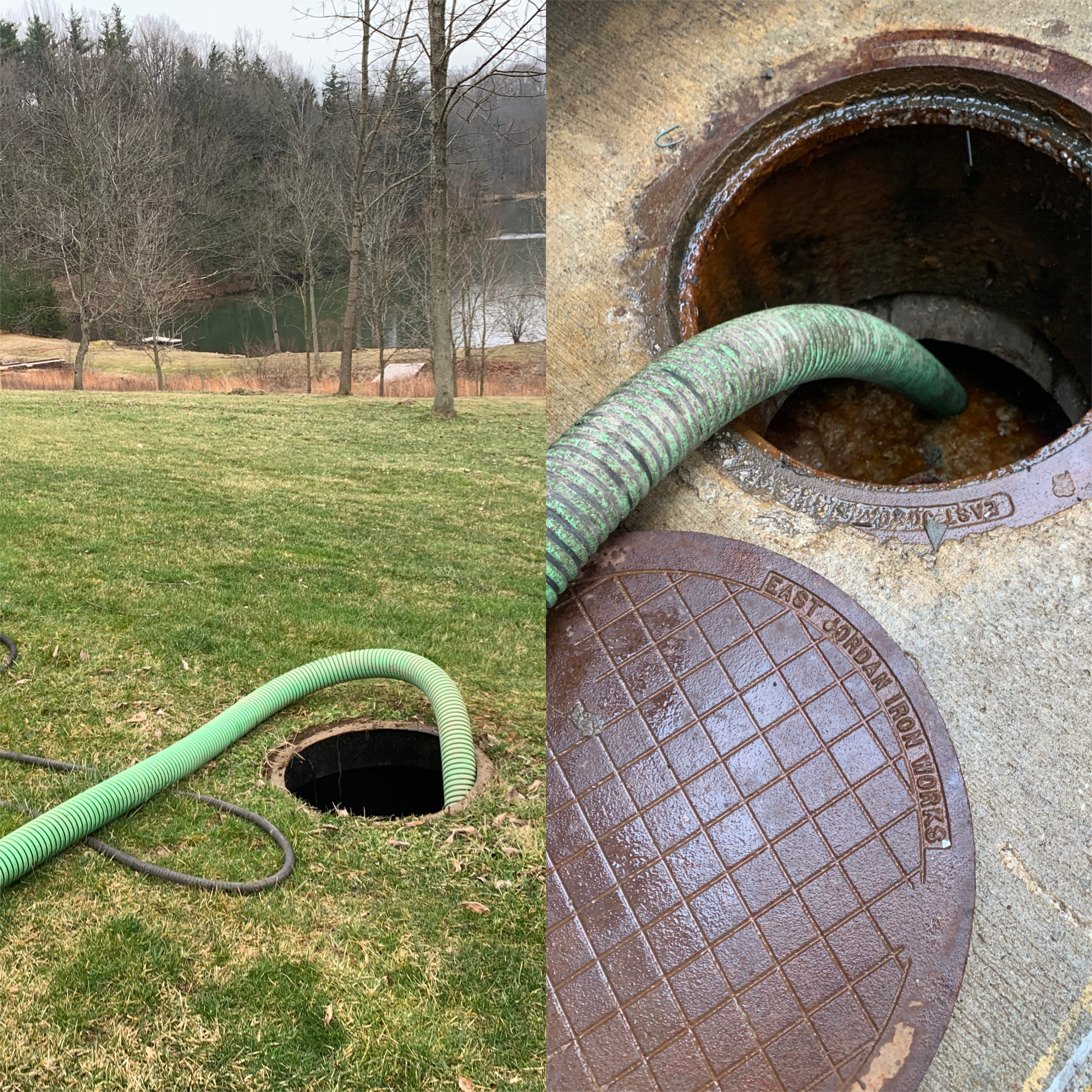Some Known Incorrect Statements About Stillwell Septic And Grading
Table of ContentsWhat Does Stillwell Septic And Grading Do?Not known Facts About Stillwell Septic And GradingThe smart Trick of Stillwell Septic And Grading That Nobody is Talking AboutStillwell Septic And Grading for Beginners7 Easy Facts About Stillwell Septic And Grading ExplainedThe Best Strategy To Use For Stillwell Septic And GradingAn Unbiased View of Stillwell Septic And Grading
Overall, septic system installation is a complicated process that needs mindful preparation and implementation. Homeowners should collaborate with a respectable setup team and be conscious of regional policies and demands to make sure that their septic tank functions appropriately for several years ahead. After the septic container has been installed and connected to the drain area, it is time to backfill the location.The backfill material need to be devoid of clods, large rocks, icy issue, and particles that can cause spaces in the backfill that might allow resolving over time. Squashed rock or pea crushed rock 1/2-inch in size is chosen if indigenous products are not suitable. As soon as the backfilling is full, it is time to landscape the area.
As soon as the septic system has actually been set up, it is vital to test it to make sure that it is functioning appropriately (Septic Installers). https://filesharingtalk.com/members/593615-stillwellsag. Checking the system entails inspecting for leaks, ensuring that the storage tank goes to the appropriate level, and examining the drain field. Among the most typical examinations executed is the hydraulic lots examination
An Unbiased View of Stillwell Septic And Grading
The water is then kept track of to ensure that it streams properly with the pipelines and right into the drain field. If the water does not stream appropriately or backs up into the storage tank, it might suggest a trouble with the system. One more examination that is commonly carried out is the dye test.
The color is then checked to make certain that it moves appropriately through the pipes and into the drain field. If the dye does not move appropriately or shows up in the wrong place, it might suggest a problem with the system. It is necessary to have an expert perform these tests to make certain that they are done correctly.

An Unbiased View of Stillwell Septic And Grading
Here are some essential tips for property owners to maintain their septic system: The average house septic tank must be checked at least every 3 years by a septic solution specialist. The frequency of pumping depends upon the dimension of the container and the number of individuals using it. https://www.openstreetmap.org/user/stillwellsag. A basic guideline is to pump the tank every three to 5 years
Making use of water-efficient fixtures and home appliances, such as low-flow showerheads and bathrooms, can lower water usage and assist the septic tank job extra successfully. Just flush commode paper and human waste down the bathroom. Stay clear of purging anything else, consisting of feminine hygiene products, child wipes, and food preparation oil, as they can obstruct the system.
Stillwell Septic And Grading - Truths
Sewage-disposal tank installation is a complicated procedure that needs cautious planning and execution. Home owners have to understand the needed steps associated with the installment procedure to make sure that their septic system works effectively and successfully. The initial action is to examine the site where the septic system will certainly be set up.
Once the site has been assessed, the next step is to prepare for the installation. Property owners have to make certain that their professional is experienced in septic container installation and will function alongside them throughout the process.
Some Known Incorrect Statements About Stillwell Septic And Grading

House owners must know the required steps entailed in the installation procedure to make certain that their septic system functions correctly and efficiently. By complying with these steps and preserving their system, property owners can feel confident that their septic system will offer dependable wastewater therapy for years to find.
Nearly one in 5 U.S. homes have septic tanks. Yours may be one of them. If you're not effectively maintaining your septic system, you're not just hurting the setting, you're placing your household's health at riskand may be purging thousands of dollars down the drain! Do Your Component, Be SepticSmart: The Do's and Do n'ts of Your Septic System.
The Stillwell Septic And Grading Ideas

All that added water can really stress your septic system. Surprise the usage of you could try this out water-generating appliances. This can be useful specifically if your system has not been pumped in a very long time. Become a lot more water effective by taking care of pipes leaks and consider setting up restroom and cooking area tap aerators and water-efficient items.
All about Stillwell Septic And Grading
Know your system's place. When you have the tank pumped, draw a layout or map showing its area in relation to taken care of points - edges of the house, steps, or fencing messages.
Minimize the quantity of wastewater that need to be treated and disposed of by your system: Laundry no even more than one or 2 loads of garments daily. Up to 53 gallons of water flood your septic system with each load, so it's best to spread laundry out over the week.